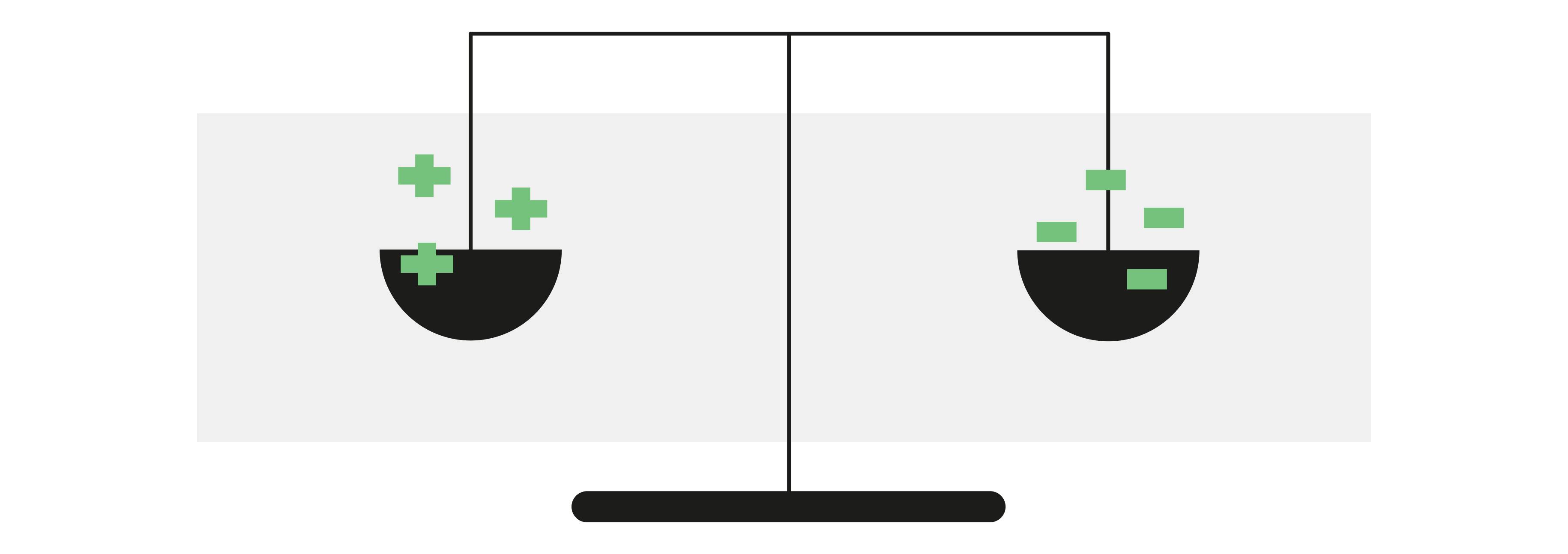Have you ever been interested in an online product or service, filled in your details full of expectations, and then found out it didn't actually exist? No, no one wanted to prank you, you have simply encountered the so-called fake door method in practice. It serves as a quick tool to validate an idea at a stage when the product is not yet built, and it helps to estimate future users' reactions based on their actual behaviour. At Applifting, we also use it from time to time, so we decided to share our experience and summarize how it works and what its advantages and pitfalls are.
The fake door test involves creating the illusion that your idea exists in the form of a product, service, or even an app feature. You can achieve this in many different ways: for example, we use a simple website because it allows us to bring in potential leads and measure their behaviour.
The goal of this test is to answer certain questions as quickly as possible to help you in the product development or UX design process.
- Is the market interested in my idea? If so, how strongly? And under what conditions are people interested in it?
- Who are my potential customers?
- Are they willing to pay for my idea? If so, how much?
Fake door, yes or no?
The range of use of this approach is relatively wide, but the main purpose is to give you a hint as to whether there is a market for your idea and what kind of users make it up. This will help you determine if it makes sense to go ahead and build the first MVP (minimum viable product) for further testing, or to abandon the idea altogether due to lack of market interest. Should the latter occur, the fake door technique will save you a lot of money, time, and hassle in creating a product that no one would want.
It seems like the perfect way to test the functionality of your idea, doesn't it? Yet opinions vary on this technique in the product and design world. For some, it's an invaluable source of useful data, while others see it as scamming potential customers--as building trust in the product or service is crucial in the familiarization stage. They perceive the fake door test as a violation of this trust. Based on our experience, we have summarized the advantages and disadvantages to help you to decide whether to go for it.
The good news is that if you have a truly great product, you'll have no shortage of customers, even if you might put a few off at the start. Plus, this risk can be minimized thanks to a properly designed website and appropriate copywriting.
Advantages
- Producing a simple website is inexpensive.
- In a relatively short period of time, you will find out if your idea has potential and what interest there is in it.
- You save money, time, and energy that you would otherwise invest in an idea that may not work.
- You can test your pricing model and see what price potential customers are willing to accept.
- You will attract early adopters, a group of customers who will use your product even in the early stages when it is far from being perfect and ready.
Disadvantages
- You may annoy and completely alienate your potential customers and--in the worst case--damage your brand. However, this can be avoided with an apology, a small compensation (e.g. 10% discount on the product when it's ready), or careful wording.
- If you don't build the landing page properly, there's a risk that the data you collect might confuse you or even lead you in the wrong direction. Then you'll need to start over.
- Not even the fake door method is self-sustaining. You may have a lot of data, but the crucial information--why people are interested in your idea--might go right over your head.
